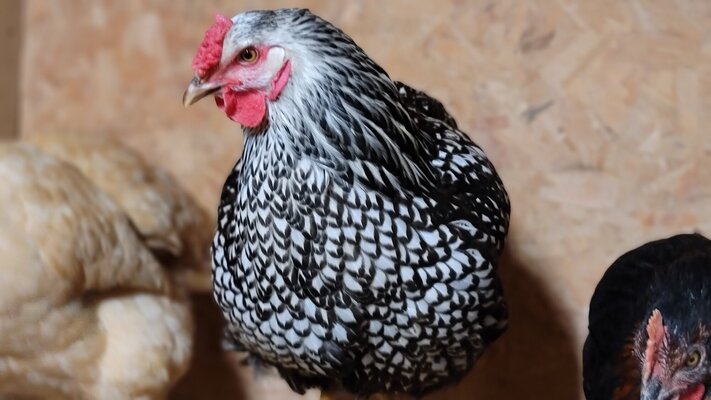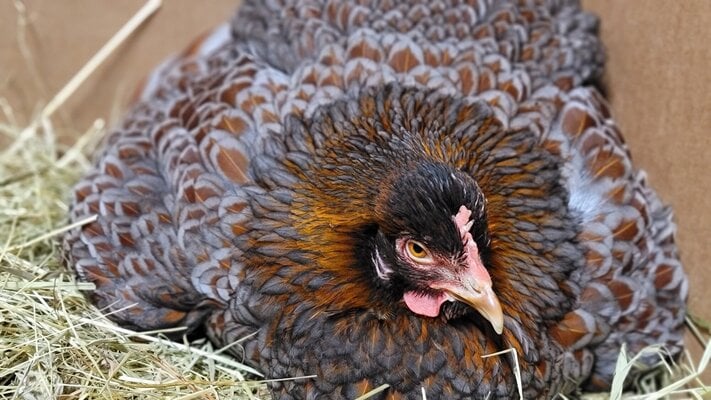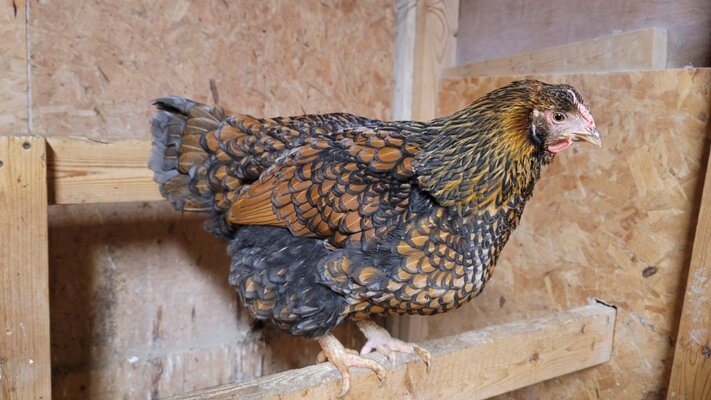U_Stormcrow
Crossing the Road
I've been summoned!
I'm in one of those very favorable climates (with very poor soil). During late spring, summer, early fall I can save around 35% on my feed bill. I have "Daul Purpose" birds, you can see my flock count below. Egg production supports myself and a couple neighbors. The boys still range pretty wildly in weight when I cull, but they are moderately light by most measures. I've had an almost 6# at 16 weeks, which pleases me greatly. Mostly though, they are just a little north of 4# - more work needed on the landrace. 5#+ at 16 weeks is the current target, once that's hit, I'll set a new goal.
I'm in one of those very favorable climates (with very poor soil). During late spring, summer, early fall I can save around 35% on my feed bill. I have "Daul Purpose" birds, you can see my flock count below. Egg production supports myself and a couple neighbors. The boys still range pretty wildly in weight when I cull, but they are moderately light by most measures. I've had an almost 6# at 16 weeks, which pleases me greatly. Mostly though, they are just a little north of 4# - more work needed on the landrace. 5#+ at 16 weeks is the current target, once that's hit, I'll set a new goal.
Last edited:






